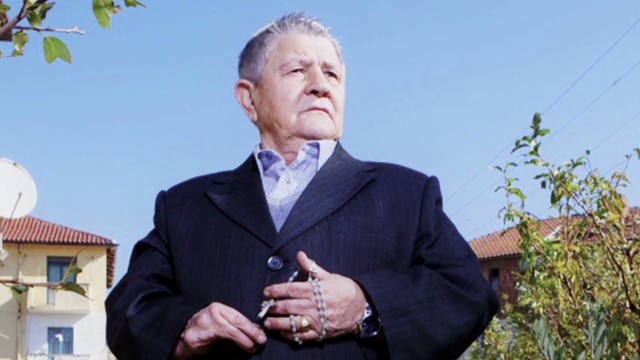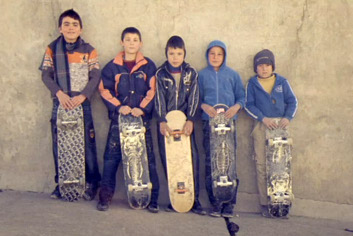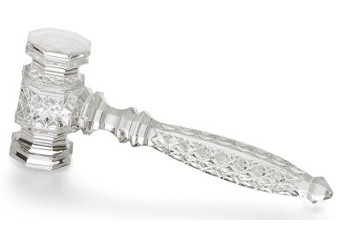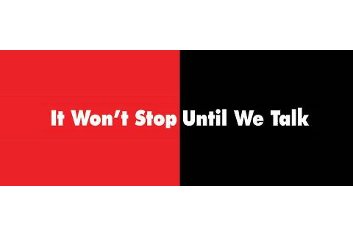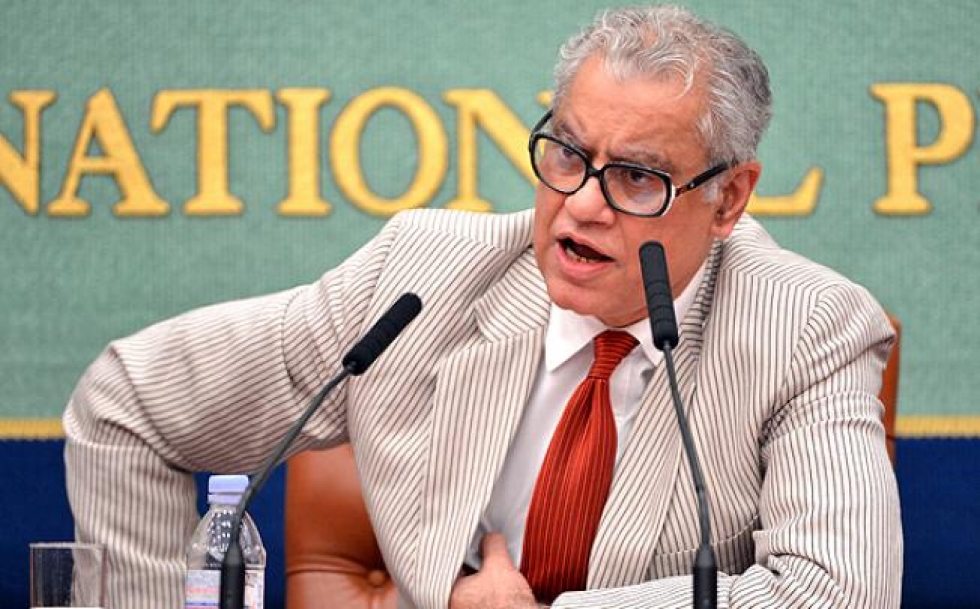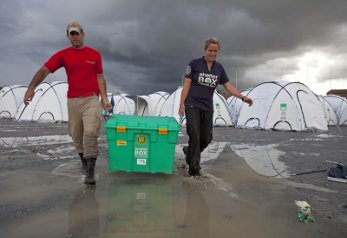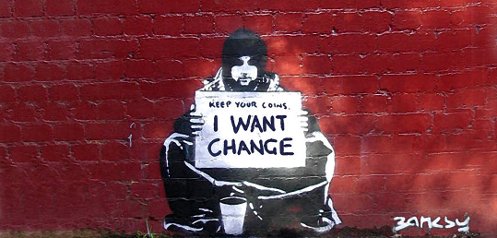“Medical Apartheid: The Dark History of Medical Experimentation on Black Americans from Colonial Times to the Present” is a comprehensive history of medical and related abuses of African Americans. In some points, the exploitation is not specifically of African Americans, but more generally of the socially and economically disadvantaged. When a clinical researcher sets out on a course of experimentation, he or she must weigh the costs and benefits. The result of this calculation is predictable when the researcher places no value on the cost to the study subjects. The culture of slavery relies on the belief that the slaves are inferior beings, so it is no surprise that medical doctors cheaply traded the welfare of black subjects for the possibility of medical progress. The cultural impact of slavery did not end with the Emancipation Proclamation. Some examples: Antebellum medical schools competed for students by advertising their access to African American patients. For instance, the Savannah Medical College boasted that its black patients provided “abundant clinical opportunities for the studying of disease.” Surgery at the Medical College of South Carolina was performed only on blacks. Beginning in 1830, Dr. Francois Marie Prevost performed 30 of 37 experimental cesarean sections on slaves. In 1852, Dr. Marion Sims, the “father of gynecology,” reported in the Journal of the American Medical Sciences that on his thirtieth attempt with slave women – probably without their informed consent and perhaps without their consent at all – he successfully repaired a vesicovaginal fistula (without anesthesia). Mr. Sims’ choice of subjects was understandable given their availability, controllability and freedom for exploitation. Human testing
Related Articles
Becoming men in order to survive
the Sworn Virgins of Albania
the importance of skate boarding in Kabul
Is the Art market even less ethical than the stock market?
the debate organized by Intelligence Squared U.S.
Peace among the parents of the dead
an extraordinary joint Palestinian-Israeli organization
One woman's battle against a pharmaceutical giant
Anand Grover's crusade for access of the poor to medicine
How can humanitarian aid become more effective?
Reinier Van Hoffen writes from the Netherlands on the constructive interplay between tacit knowledge and science in relation to aid effectiveness.
Helping children but also their communities
Rosalie Tieges spoke to OLBIOS from Thailand on how caring for children also creates much-needed jobs for their local communities
try the platform Udacity
Providing relief for 270 disasters
the solution of ShelterBox
The world required by the young
watch the documentary of P. Davidson
![]()
STAY IN TOUCH
SUBSCRIBE TO OUR NEWSLETTER
AND RECEIVE OUR LATEST STORIES

